
A place for stories about chronic illness, disability, mental health, and neurodivergence.
invisible disabilities
-
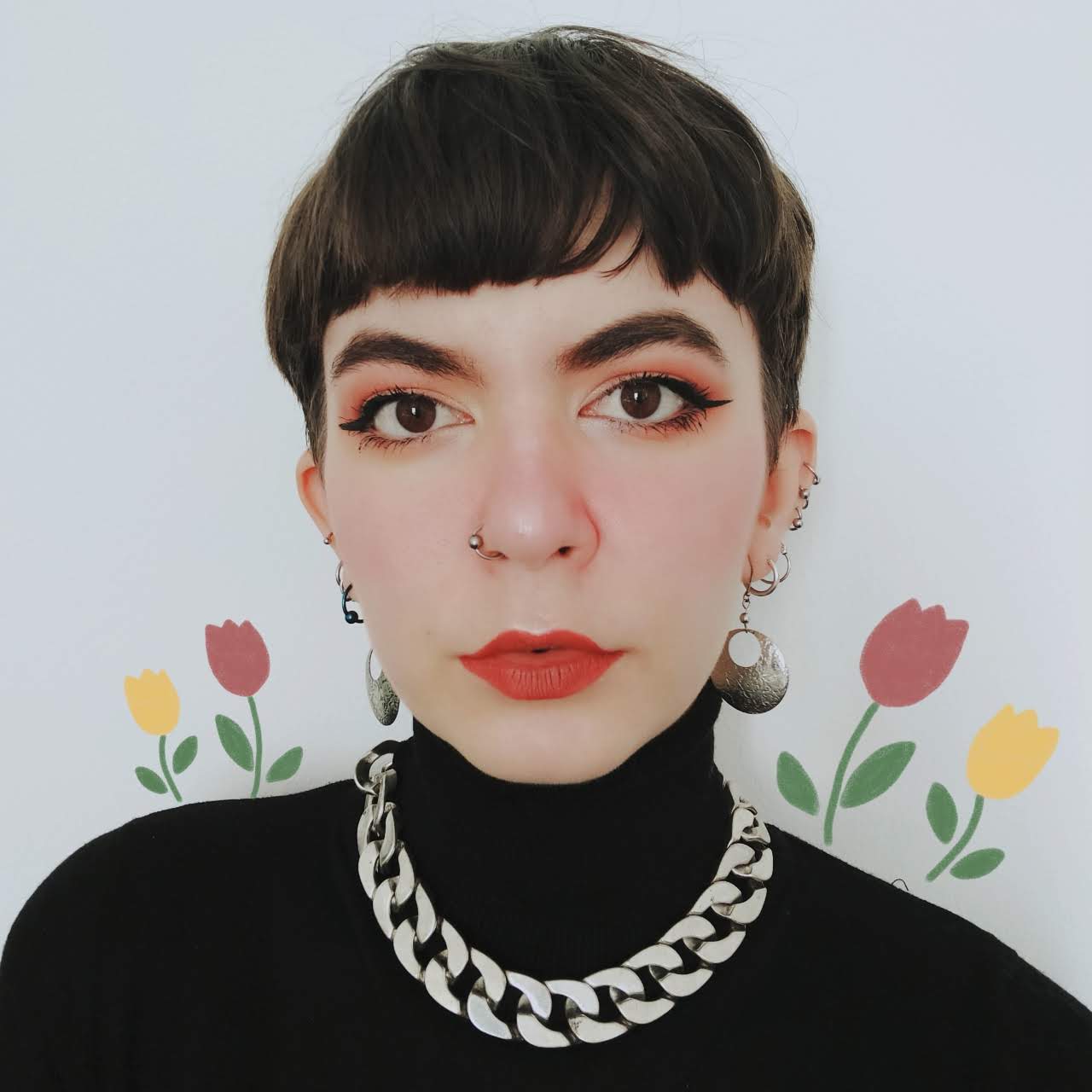 By Susan Olmi
By Susan OlmiIn Toothpaste, the essayist learns to live with PTSD as a result of illness, surgeries, and medical malpractice.
-
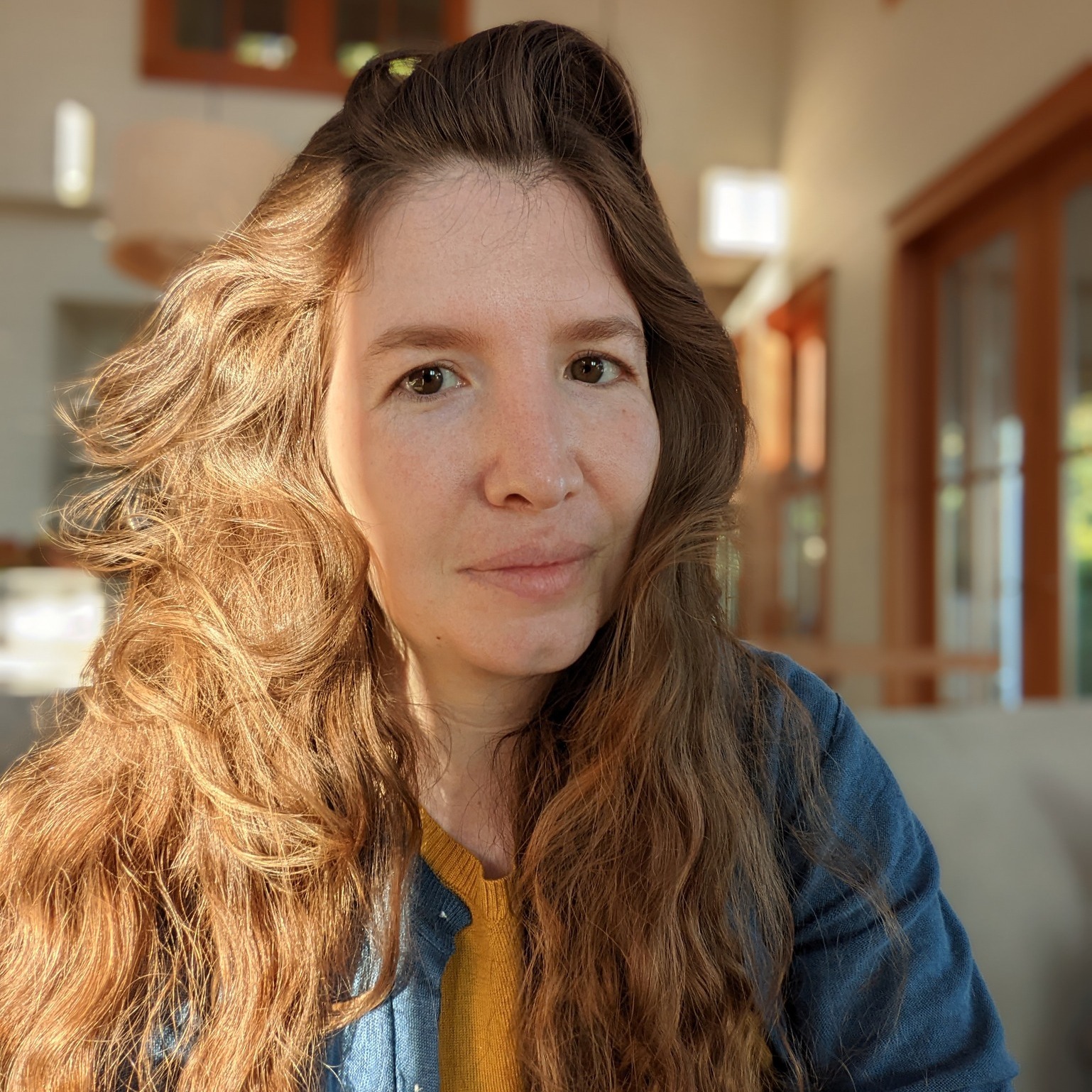 By Caitlin Thomson
By Caitlin ThomsonMost people assume that if you only know one language, that language was easy to learn. English and I still battle.
-
 By Caitlin Thomson
By Caitlin ThomsonFor people like Caitlin Thomson and her family, a societal lack of COVID precautions is even more isolating than the early stages of the pandemic.
-
 By Rita Maria Martinez
By Rita Maria Martinez“It’s my first time. I sink into cushy recliner. A monitor tracks blood pressure. The therapist adheres a finger sensor, a final electrode as I shut my eyes.”
-
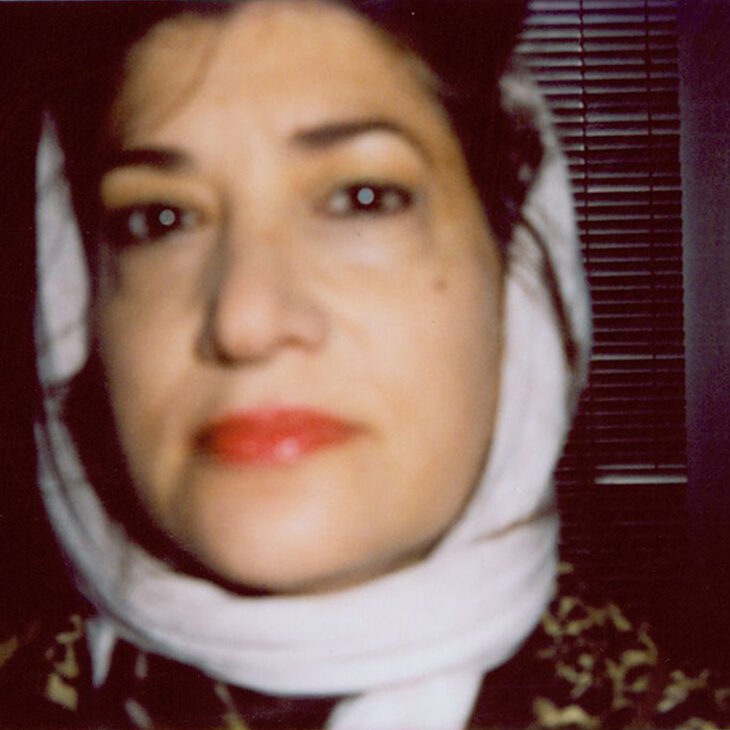 By Elizabeth (Eli) Underwood
By Elizabeth (Eli) UnderwoodEli Underwood is a writer, organizer, and archivist living with CPTSD, ME/CFS, fibromyalgia, and Long Covid. Read their poem, Invalid Invalid.
-
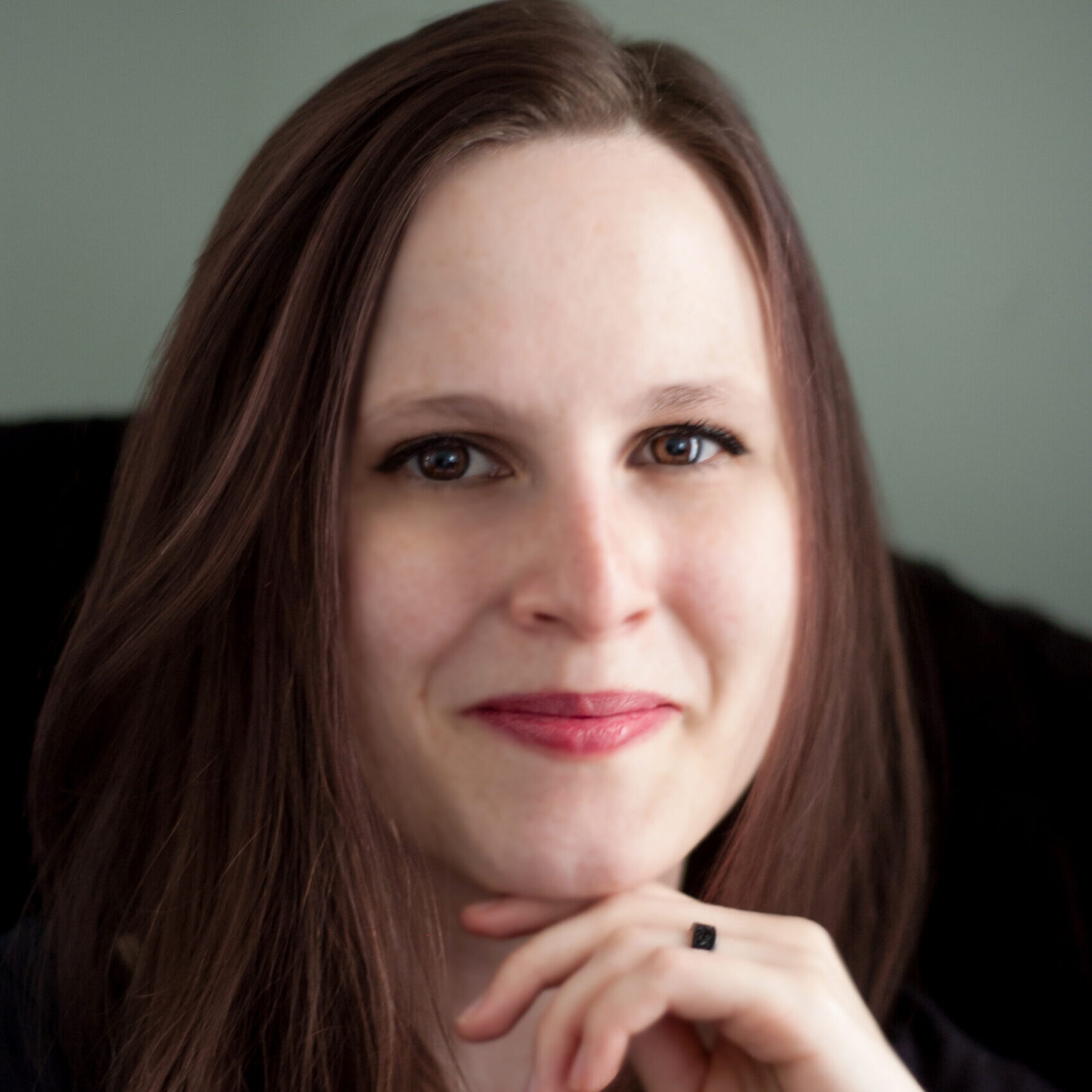 By Ashley Sheesley
By Ashley SheesleyAshley Sheesley, a disabled author and scientist, writes on the cost of disability and the struggles that come with it, even when you’re “lucky.”
-
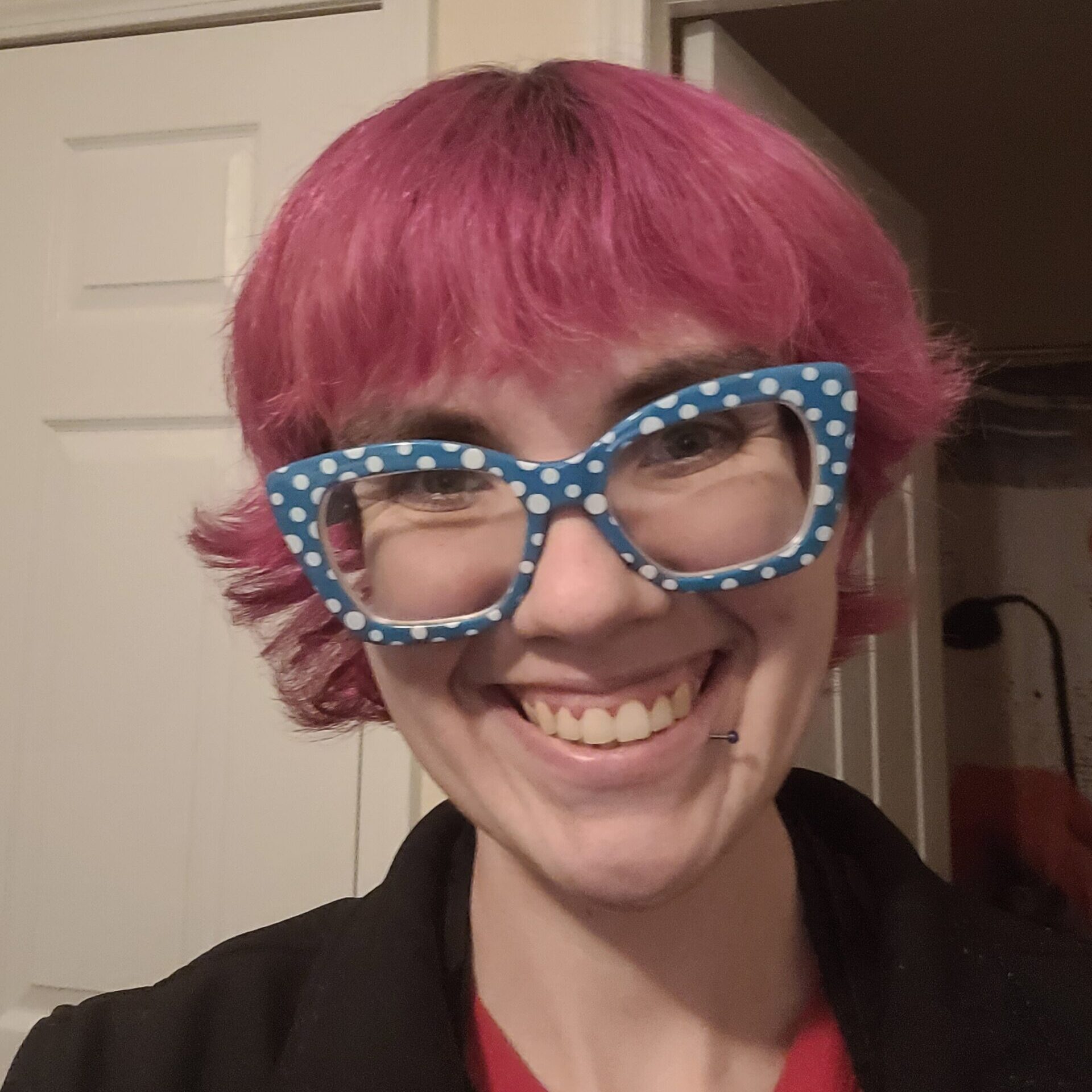 By Casey Sharp
By Casey SharpFor our one hundredth post at Knee Brace Press, poet Casey Sharp writes about her experience with ADHD.
-
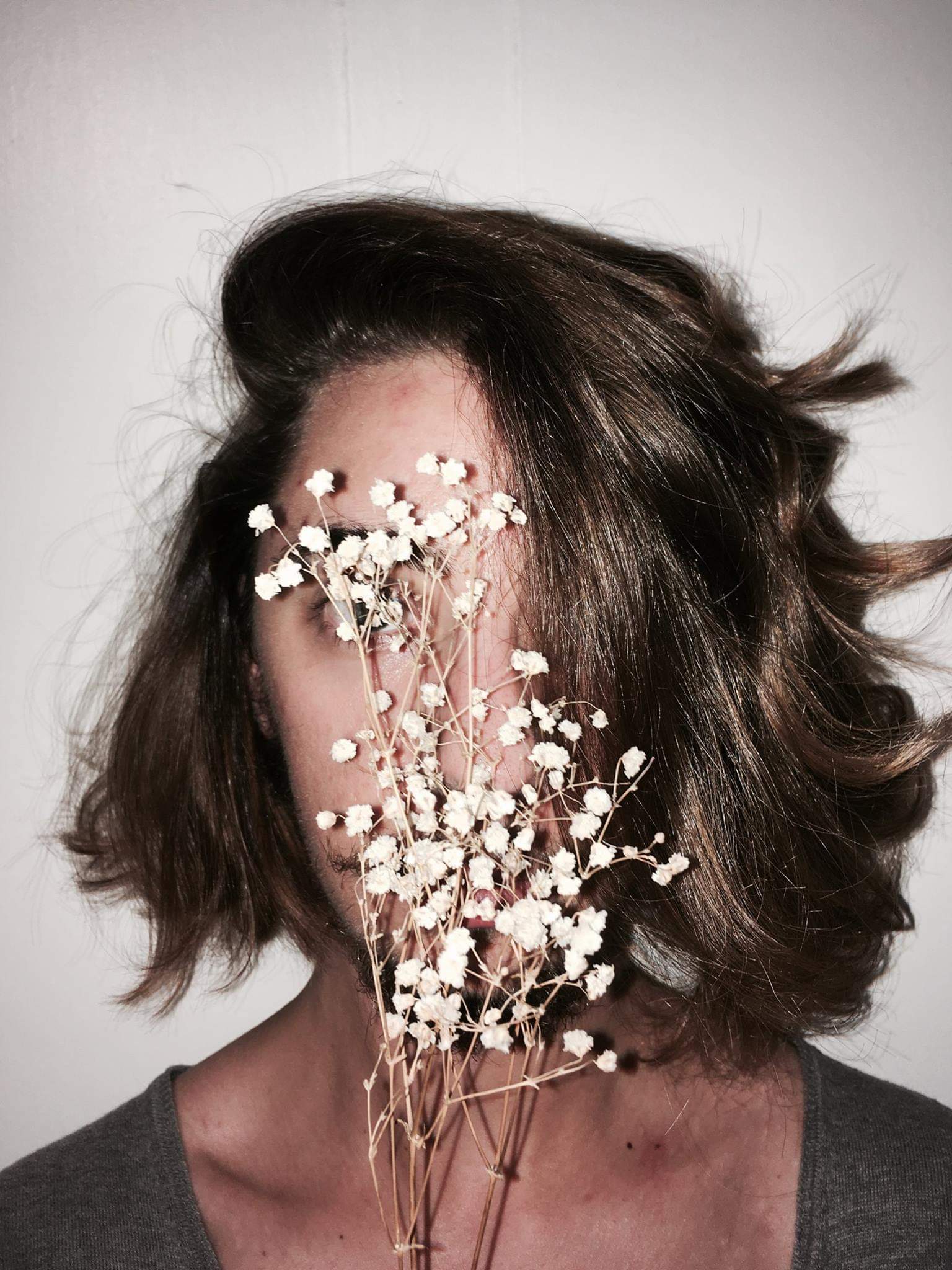 By T.C. LONG
By T.C. LONGT.C. Long has also recorded an audio version of this piece, both to increase accessibility and to lend additional humanity and dimensionality to disabled folks in media.
-
 By Sarah Steinbacher
By Sarah SteinbacherIn her latest poem, Sarah Steinbacher offers us a different perspective on disability and those who would have her doubt herself.
-
 By Zianna Ruiha
By Zianna RuihaIn her short story for Knee Brace Press, Zianna Ruiha introduces us to Eppi Girl, a disabled people pleaser who wants nothing more than to tell her coworkers that her body is none of their business.